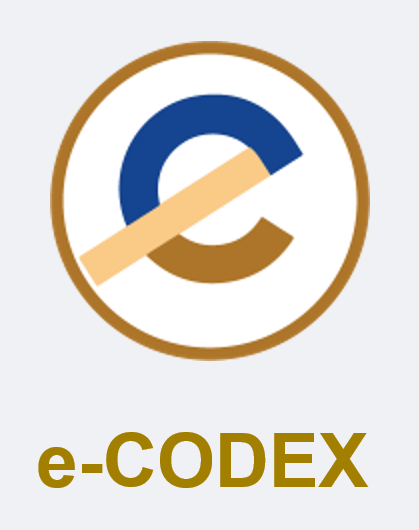
In our Deliverable D2.2 Business Collaboration we have analysed the business workflows for setting up a cross-border judicial videoconference. Such workflows come with forms as business messages send by certain actors. Business workflows, business messages and actors are the classic ingredients for an e-CODEX use case. e-CODEX is used to transmit messages in judicial proceedings in a secure and reliable manner. The setup of a videoconference is a workflow most suitable for being implemented by e-CODEX.
In the document below, SimpliVi has analysed whether a classic e-CODEX use case approach is feasible for the workflow of setting up a videoconference and whether alternative approaches could be suitable, as well. Three different approaches were identified and assessed regarding their pros and cons:
1. SimpliVi VC Forms as an e-CODEX use-case on its own
2. SimpliVi VC Forms embedded into e-CODEX use-cases
3. SimpliVi VC Forms as attachments to e-CODEX forms
Besides videoconferencing workflows, Deliverable D2.2 Business Collaboration has also analysed whether existing legal forms provide for a sufficient level of details when it comes to videoconferencing parameters and where amendments need to be done. The document below then builds up on this analysis and proposes a technical data structure based on e-CODEX conventions and taking into account e-CODEX' "EU e-Justice Core Vocabulary".
The decision for one of the proposed approaches will be left to the owner of e-CODEX. However, taking all the pros and cons into account, SimpliVi has a slight preference for Approach 2 (see above). The data structure will need further fine tuning but the basic principles as well as the alignment with the EU e-Justice Core Vocabulary should be respected to guarantee the long-term interoperability of the implementation.
